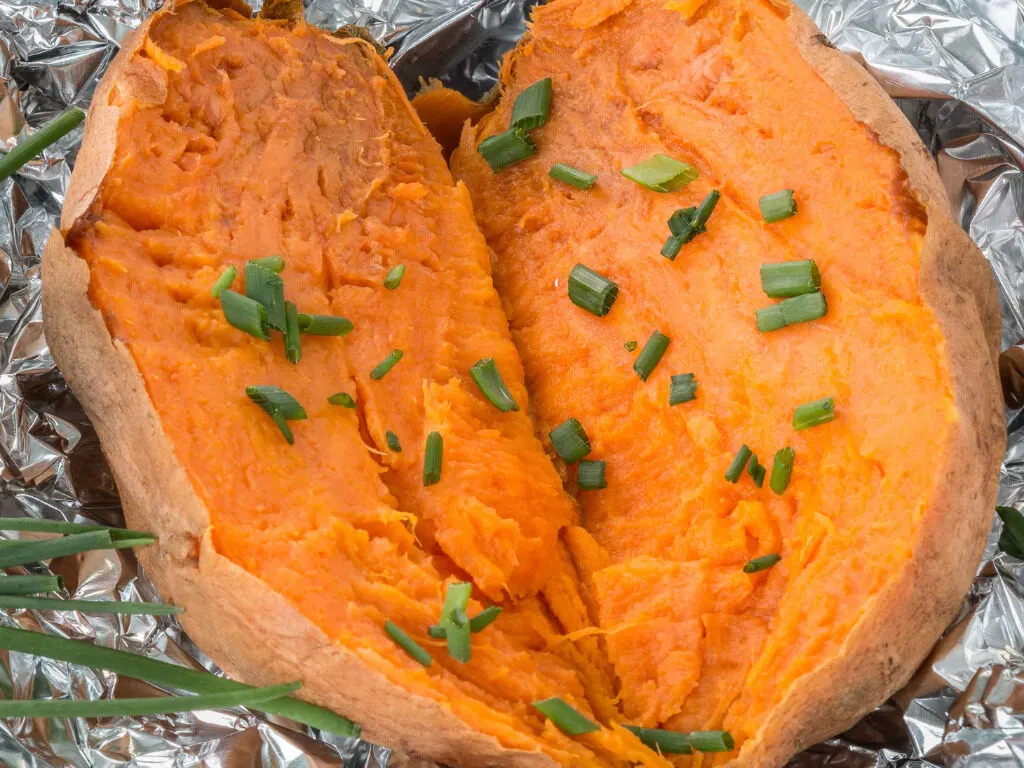Eating organic is always a great idea, but not all of us can afford to buy every single fruit and vegetable in the organic section. Lucky for you, there’s an easy way to get the most bang for your buck when it comes to organic produce. Enter the “Clean 15” list. This list contains the fifteen fruits and veggies that are least likely to contain pesticides, even when they are non-organic. Keep reading to learn more about why these vegetables have made it onto this coveted list and how you can incorporate them into your meals!

What Makes These Clean 15 Fruits and Veggies Special?
The Environmental Working Group (EWG) puts together a yearly report that outlines which conventional fruits and vegetables contain the most and least amount of pesticide residue. The veggies with the lowest amounts of residue are dubbed “The Clean 15” while those with the highest amount are called “The Dirty Dozen”. For example, avocados tend be on the Clean 15 list because they have thick skin that helps protect their insides from any harmful chemicals or pesticides. By contrast, strawberries usually make it onto The Dirty Dozen list because they don’t have much of a protective barrier between their skin and whatever is sprayed on them during cultivation.

The Clean 15:
- Avocados
- Sweet Corn
- Pineapple
- Onions
- Papayas
- Frozen Sweet Peas
- Eggplant
- Asparagus
- Kiwi Fruit
- Cabbage
- Mushrooms
- Cantaloupe Melon
- Honeydew Melon
- Sweet Potatoes

These particular foods have been deemed safer due to naturally thick skins which protect them from pesticides or because they are grown in a way which does not require much chemical intervention. As you can see from this list there is a huge selection of fruits and vegetables available for purchase without having to worry about mysterious chemicals ending up on your plate!
The Dirty Dozen of Fruits and Vegetables – What You Need to Know

Here’s a look at some of the most popular veggies on this list:
- Avocados – Avocados are high in healthy fats and antioxidants, making them an excellent choice for those looking for a nutritious snack or meal addition.
- Sweet Corn – Sweet corn is another popular veggie that makes it onto the “Clean 15” list. It can be eaten raw or cooked and contains plenty of Vitamin A and lutein.
- Pineapple – Pineapples have long been associated with tropical climates, but they can actually be grown in temperate climates as well. They provide plenty of vitamin C and manganese, making them an ideal snack or meal addition.
- Onions – Onions are widely used in cooking, but they can also be enjoyed raw as part of salads or other dishes. They contain quercetin, an antioxidant that has been linked with numerous health benefits.
- Asparagus – Asparagus is one of the healthiest vegetables around and it’s surprisingly easy to prepare. It’s also rich in vitamin K, folate, and fiber.

How Can I Use These Veggies?
You don’t need to limit yourself to just buying these veggies if you’re trying to eat healthy; rather, think of them as an opportunity for extra savings at the grocery store so you can splurge on other items like grass-fed beef or wild-caught salmon. Here are some tasty ideas using some of our favorites from this year’s Clean 15 list:
Easy 4-Ingredient Avocado Fudge
Air Fryer Asparagus with Hollandaise Sauce
Simple 15-minute Mushroom Ravioli with Brown Butter Sauce
Sweet Potato Black Bean Burgers
It’s important to note that even though these items may have fewer pesticides than other foods on the Dirty Dozen list – they still may contain traces of pesticides due to farming practices and environmental conditions. It’s always best to buy organic whenever possible!

Making healthy choices doesn’t have to be so hard! By using this list as a reference guide when shopping at the grocery store or farmer’s market you can ensure that you’ll get the freshest produce with fewer pesticides on them. And remember – even though these items are part of the “Clean 15” it’s still important to wash them thoroughly before consuming them – just like any other food item from your kitchen! So now that you know all about why we should eat clean – let’s go load up our cart with some fresh veggies!
